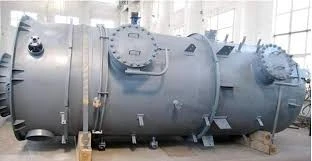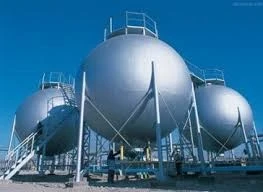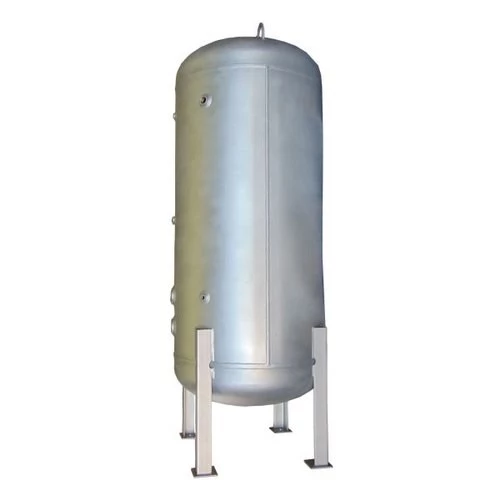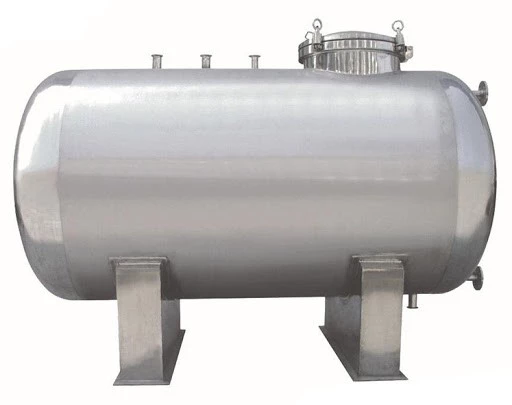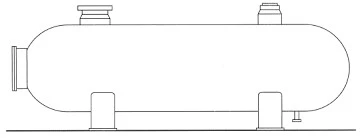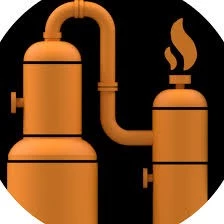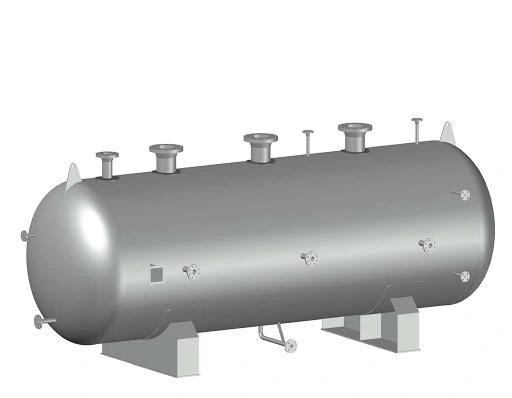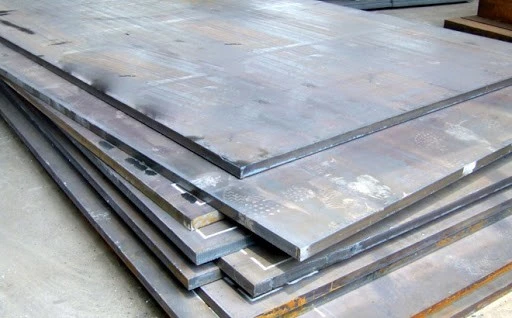The Role of Heat Exchangers in Industrial Processes
The Heat Exchanger Pressure Vessel is primarily utilized for medium heat exchange, encompassing devices like shell-and-tube waste heat boilers, heat exchangers, coolers, evaporators, heaters, and more. What are examples of typical heat exchange containers? In the production process, the Heat Exchanger Pressure Vessel facilitates medium heat exchange. It includes various containers such as tubular waste heat boilers, heat exchangers, coolers, condensers, evaporators, heating pots, disinfection pots,...


